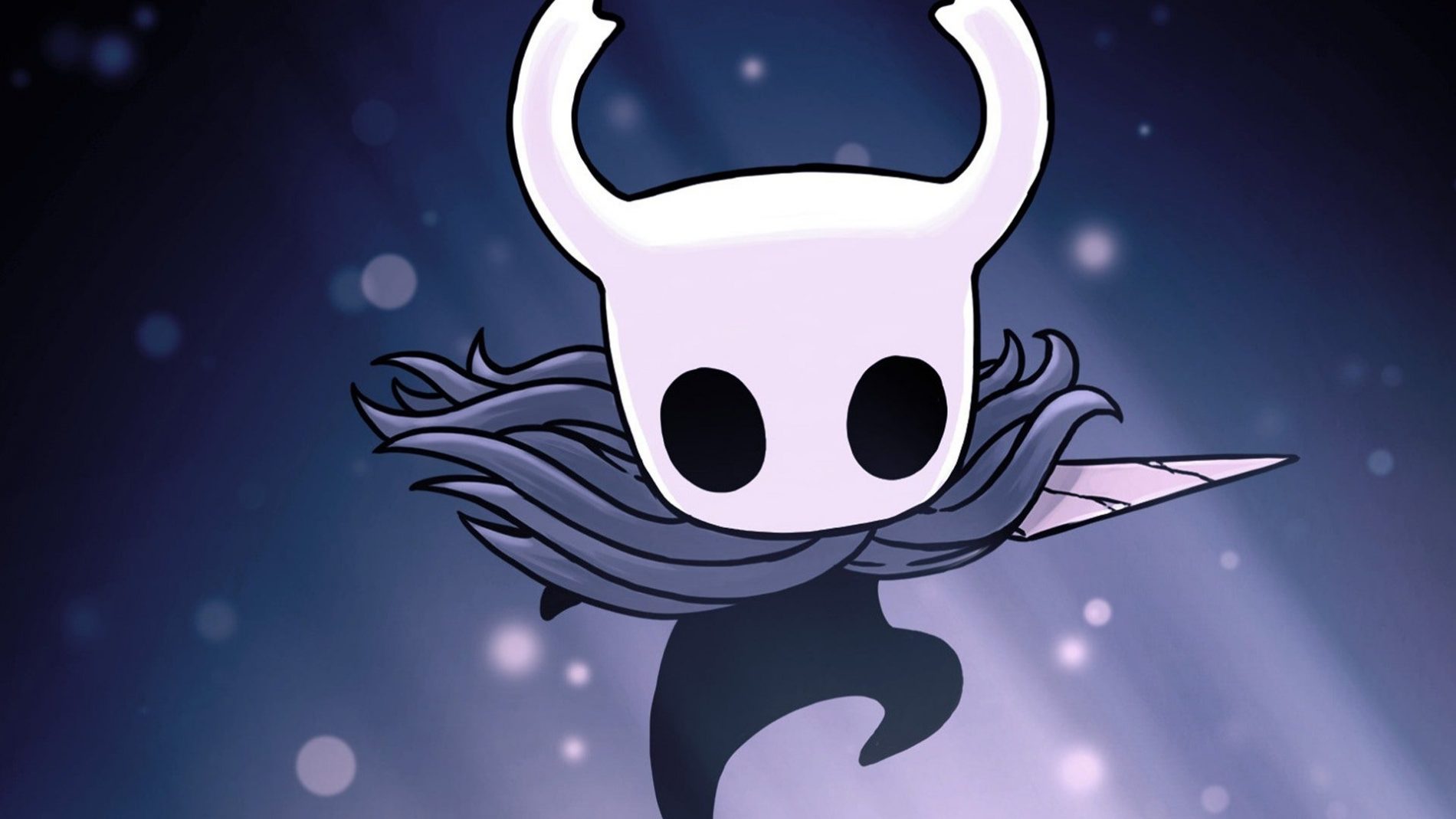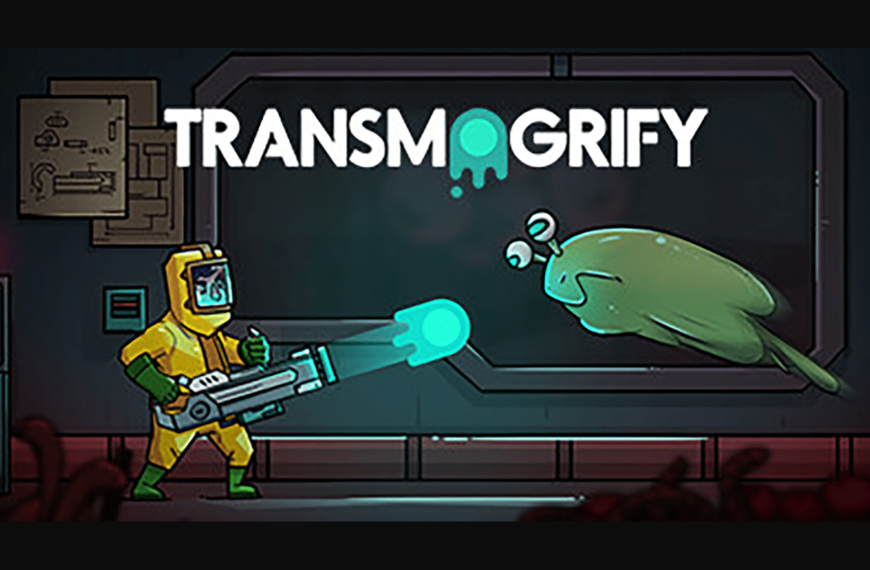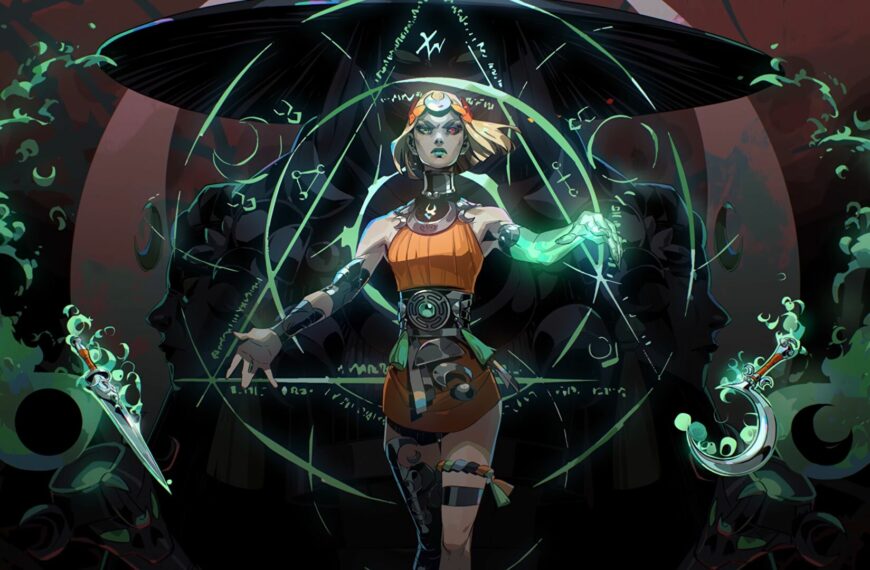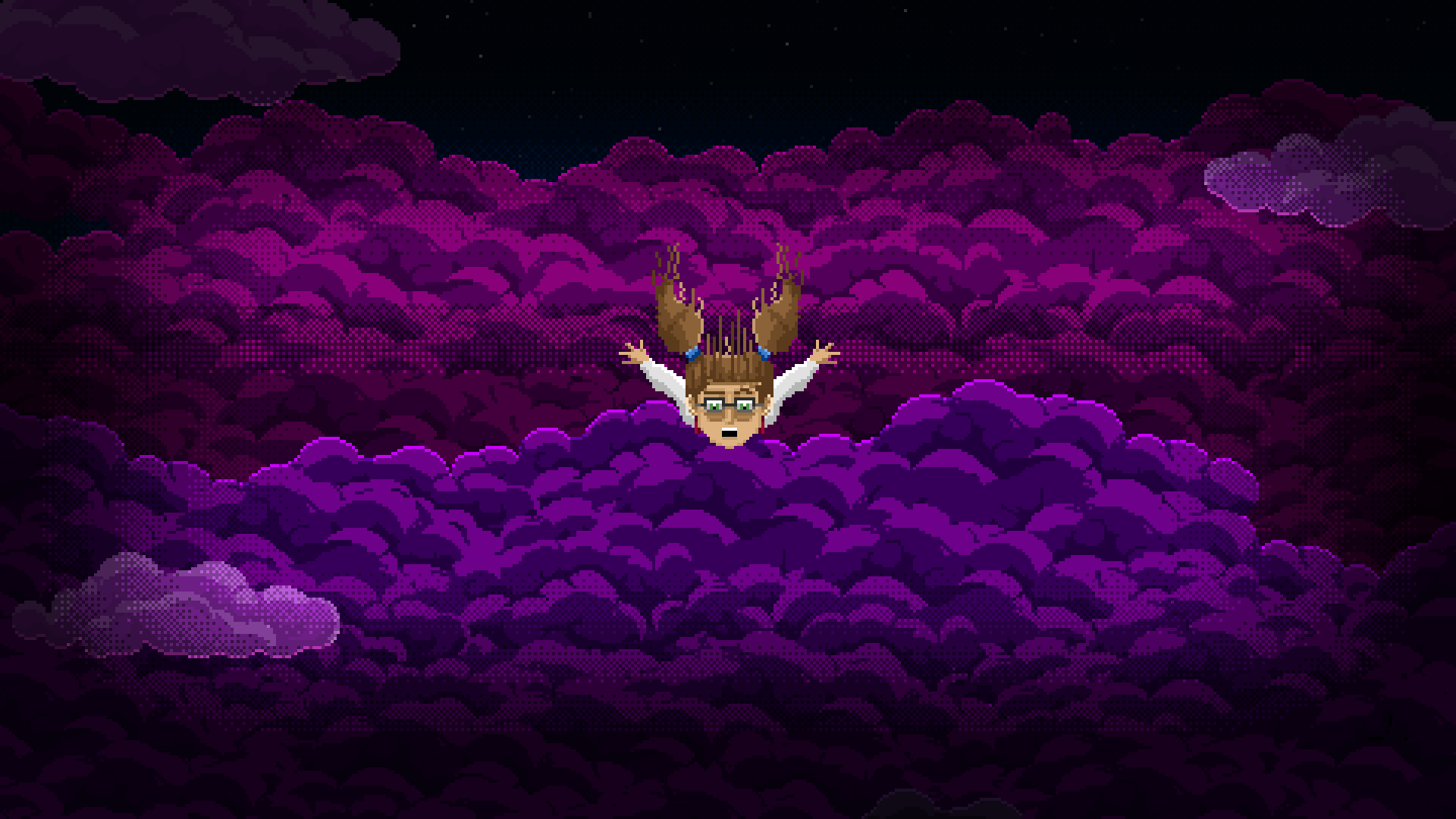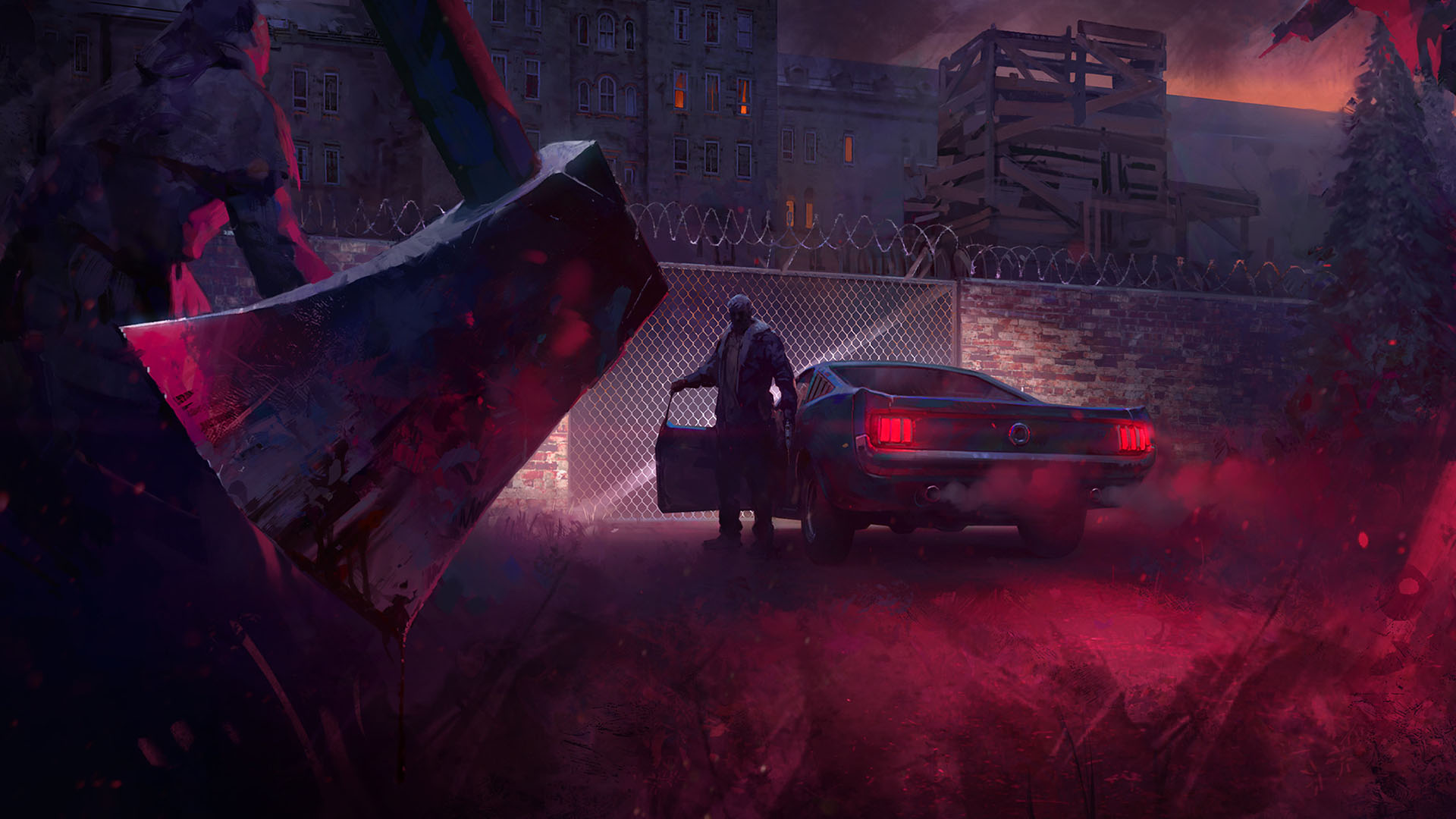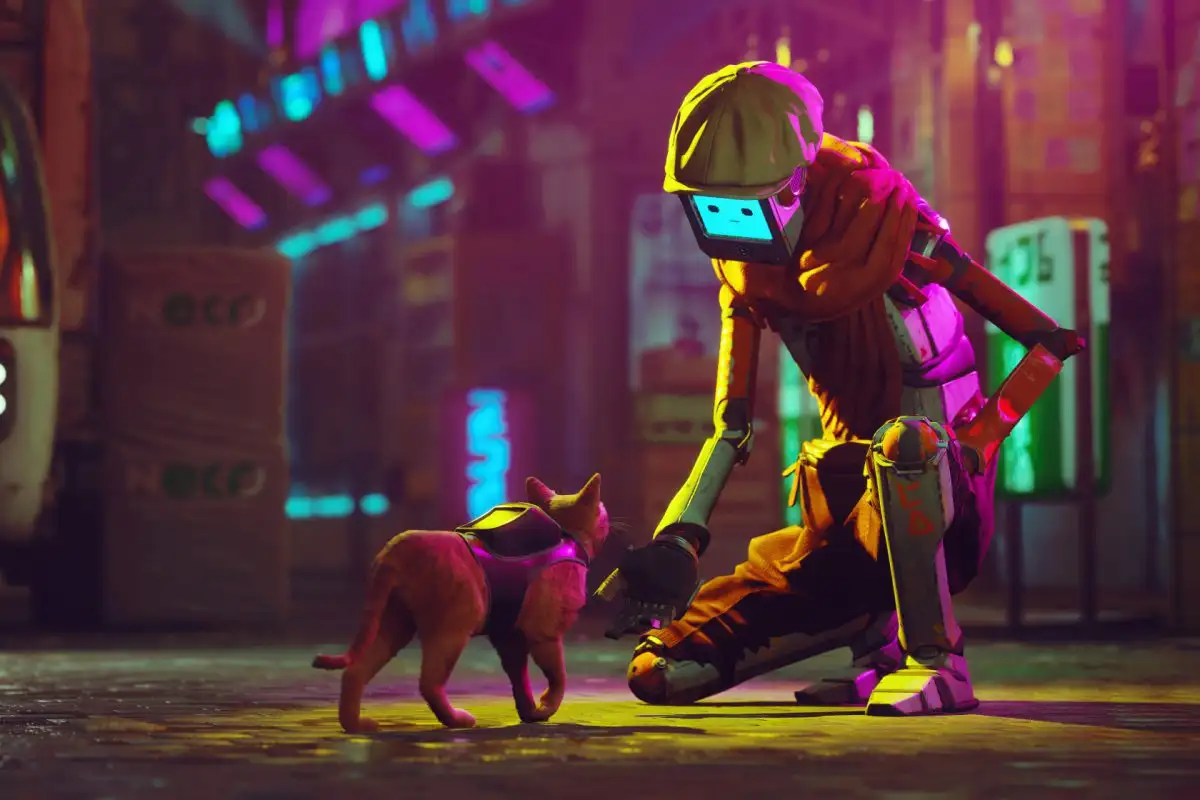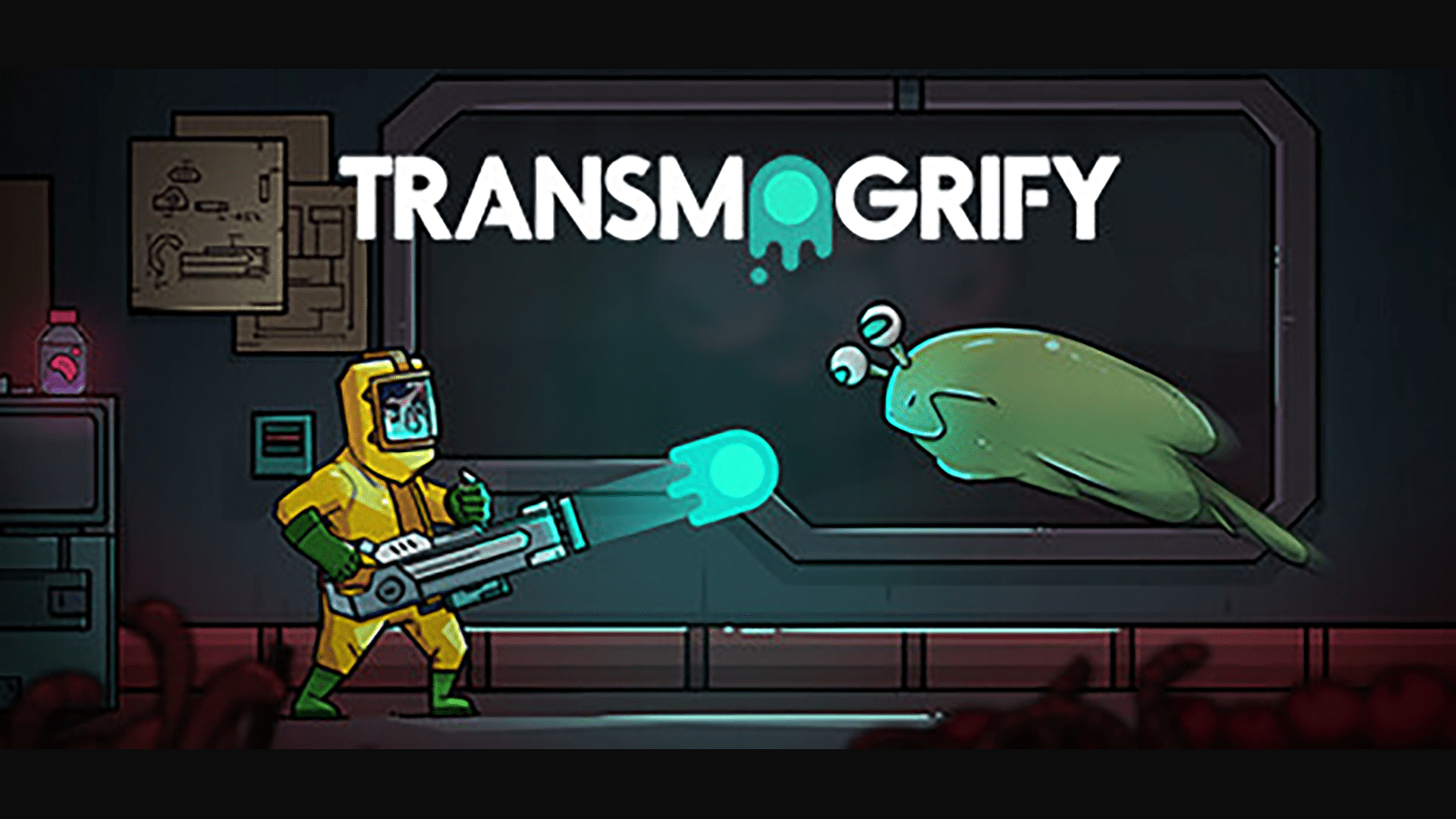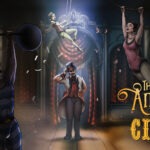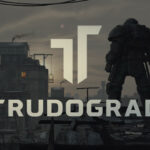Adelaide-based Chris Larkin is the South Australian Screen Award winning composer and sound designer behind the hit indie action-adventure game Hollow Knight that released back in 2017. Several major console ports and over 3 million sales later, Chris is composing the soundtrack for the highly anticipated sequel Hollow Knight: Silksong which is tipped for release in 2022.
For this week’s Soundtrack Spotlight Chris has kindly answered a few questions over email about the inspiration behind Hollow Knight’s soundtrack, the compositional devices used in the score and how he brought the ruined kingdom of Hallownest to life.
How do you approach a new project, and in Hollow Knight’s case, what inspiration did you draw on for the initial ideas?
Chris: I often approach a new project with observation. I take in what I see in the art and mechanics, and I start imagining what it might sound like. Discussions with the other devs further steer the direction of that imagined sound, as I take in what they are after. Then I start doing some initial sketches, in some cases it might be a full piece, others, like in Hollow Knight’s and also Silksong’s case, I’ll do a mini suite of a few short ideas to give the team a sense of the musical scope. I guess that is akin to making a mood board, just in a sonic sense.
I say “often” because it also doesn’t always go as romantically as what I’ve just said above. It can also be a very chaotic process of simply throwing stuff at the wall to see it it sticks. To a large extent, it often requires a bit of both approaches.
I didn’t actively draw references from existing music, but inevitably there would have been sources of music that I’ve heard in my past which likely inspired. Such as the music of Hisaishi, Uematsu, to an extent Debussy, especially for the momentarily minimal melody-driven segments of his piano suites. Other inspirations come from the period where I was constantly listening to Dream Theatre, among other metal bands.
Also Read
Transmogrify PC Review: The Best Way To Defeat An Enemy
A video game protagonist wakes up in an on-fire science lab with nothing but an AI and a high-tech gun to…
Defy the Gods as a Witchy Moon Goddess in Hades 2
Greek-mythology-themed roguelike Hades is getting a sequel, but developer Supergiant has kept the details scant beyond a Hades 2 reveal trailer…
How did the development of the soundtrack interact with the development of the game? (in terms of access to assets, early builds etc.)
Chris: The team gave me early builds, including the first Stencyl build. Stencyl was the game editor they were using before moving to Unity. It was very early, but served as a visual and interactive stimulant for the first few bits of music I wrote, and definitely the first key sound effects. In fact most of the Knight’s main moveset sounds are from that early pass. What I tend to do is play the game myself and take footage – at that time it was Fraps, now I’m using OBS. Then I load that footage into Cubase, my DAW, and there I work on the audio and match up the sfx to the animations. It’s always a joy to work with Ari’s animations, and William’s implementation. The moves of enemies are always really clear, this is also because they want to convey the messaging to the player so the player can learn the patterns of the enemies. It also makes it very clear to me what sounds need to be made and where.
Coming back to the soundtrack, it’s worth noting that while I’m doing this I’m gaining familiarity with the space, and sometimes it can help with gradually building a sense of what the music should sound like.
There are parts of the music composition that do require a bit of coordination with the development process. This regards the multi-stemmed, or perhaps layering approach to composition. In a lot of cases in the game, we have a “full-sounding” layer of an area track, and an accompanying “paired-back” layer. When the player enters a side room or somewhere not as central to the zone, the full layer fades down and we’re left with the paired-back layer, something a bit more ambient. It could be something to suggest you’ve reached a somewhat peripheral space to the main zone, but it also can be used to give the music progression, as the player progresses through the space, they are greeted with more music.. possibly more enemies and activity too.
Which compositional devices did you use for the score and why did you choose to use them?
Chris: One thing I always strive for in my scores is to base everything from one or two very super simple themes. By doing so, it provides a bit of a melodic template to work with (so it saves a bit of time) and it helps glue the whole thing together, as there is a constant melodic structure. There is also the opportunity to make these kinds of melodic connections where it narratively makes sense to do so. I’ve often talked about leitmotif-style use of the theme that connects many of the characters and places in the game, and that is a place where it is effective.
Choices of instrumentation and sound were intentionally done to connect the ear to the space the knight finds themselves within. Such as the harp and hangdrum representing the lush nature of Greenpath, the harpsichord for the aristocratic mantis race, or the pitter-patter like piano ostinato for City of Tears. These things aren’t always guaranteed to be received as how I intend them to be, but in any case, having an idea like this to spearhead the composition process propels the music and most definitely the collaborative process with Team Cherry into, well, the result we have now I guess.
What lessons carried over to the Hollow Knight soundtrack from your work composing for film and TV?
Chris: Work fast.
Don’t be too precious.
It’s a job.
If you’re doing the same software-related thing over and over, make a keyboard shortcut for it.
If no ideas are coming out, hit the record button anyway and start playing.
Take a break, go for a walk. Haha.
Are there any details about Silksong’s soundtrack that you can share? And Silksong aside, what’s next for you?
Not much I’m afraid, other than we’re making this game rock-and-roll.
Next, more rock-and-roll.
Hollow Knight’s soundtrack can be purchased through Christopher Larkin’s Bandcamp by clicking HERE, and the game can be picked up through the steam link below:

